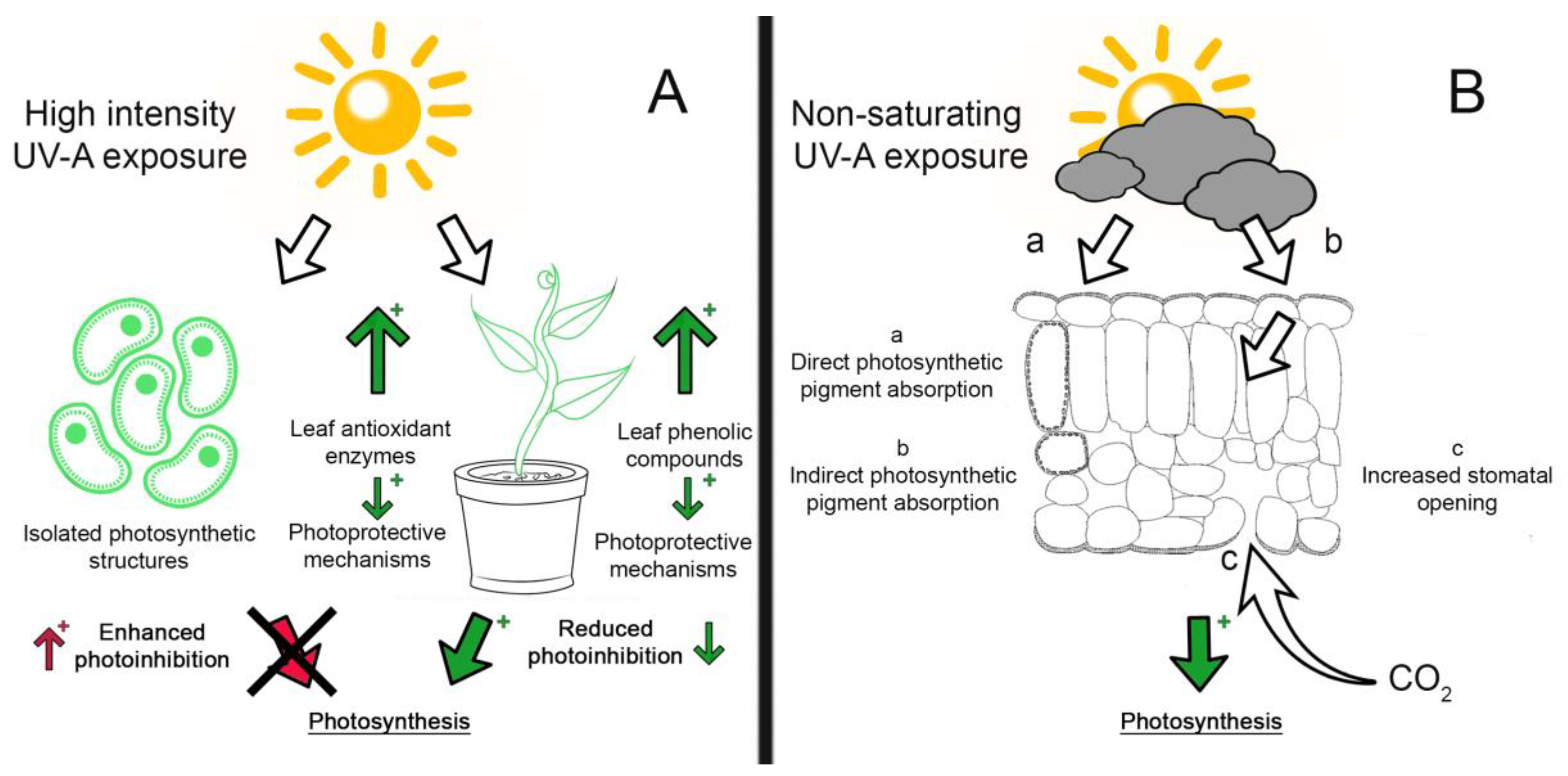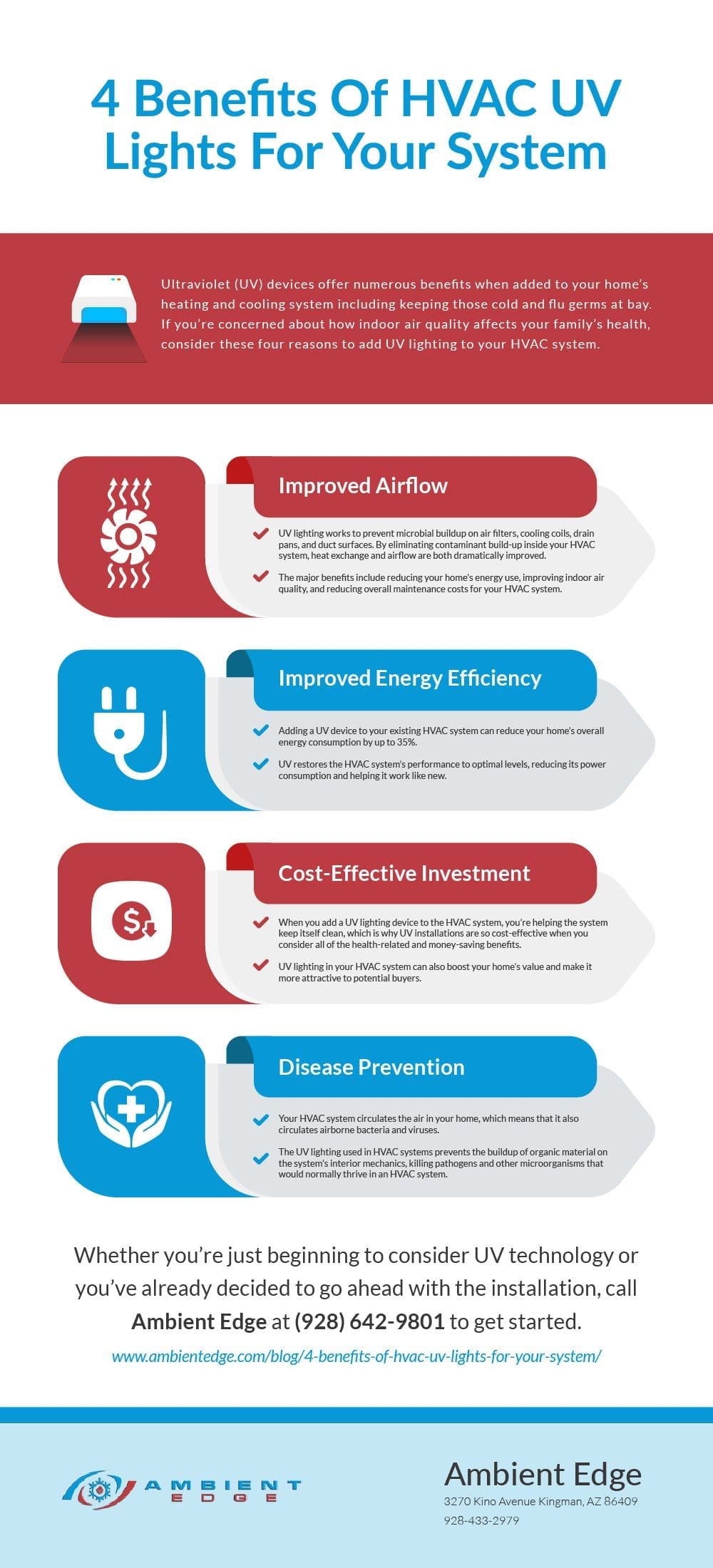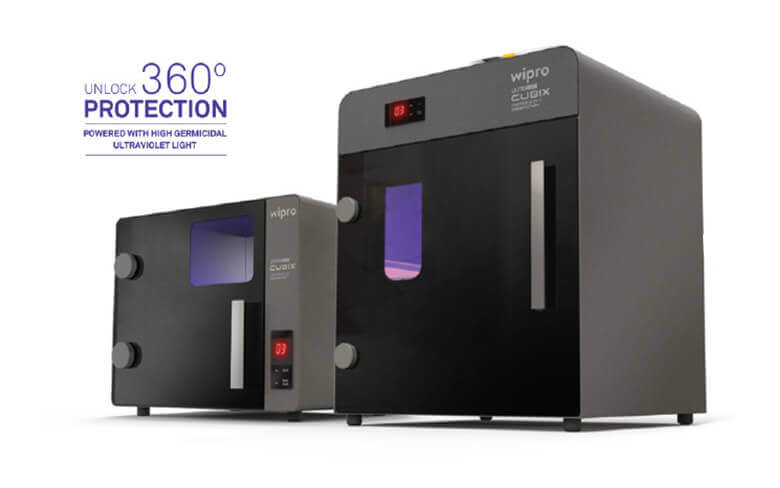Uvc Light - Questions
Uvc Light - Questions
Blog Article
The 6-Second Trick For Uvc Light
Table of ContentsThe 9-Minute Rule for Uvc LightFascination About Uvc LightHow Uvc Light can Save You Time, Stress, and Money.Excitement About Uvc LightIndicators on Uvc Light You Should KnowGet This Report on Uvc Light
A new sort of ultraviolet light that might be secure for individuals took less than 5 minutes to minimize the degree of interior airborne microbes by more than 98%, a joint study by researchers at Columbia University Vagelos College of Physicians and Surgeons and in the U.K. has actually located. Also as germs remained to be sprayed right into the space, the degree continued to be extremely reduced as long as the lights were on.Until now these research studies had just been conducted in tiny experimental chambers, not in full-sized areas resembling real-world conditions. In the present study, researchers at the College of St. Andrews, College of Dundee, University of Leeds, and Columbia University examined the effectiveness of far-UVC light in a huge room-sized chamber with the very same air flow rate as a regular home or office (about three air modifications per hour).
The efficacy of different methods to decreasing indoor virus degrees is generally gauged in terms of comparable air adjustments per hour. In this research study, far-UVC lamps created the matching of 184 equivalent air exchanges per hour. This exceeds any type of other technique to decontaminating occupied indoor areas, where five to 20 equal air adjustments per hour is the very best that can be attained almost.
Some Known Details About Uvc Light

The primary parameters of UV-C sanitation are wavelength, dosage, family member moisture, and temperature. There is no agreement about their optimal values, yet, generally, light at a high dose and a range of wavelengths having 260 nm is favored in an environment at room temperature level with low relative humidity. This light can be produced by mercury-vapour, light-emitting diode (LED), pulsed-xenon, or excimer lamps.
Likewise, there are wellness and security threats linked with the UV-C technology when made use of in the distance of individuals. UV-C sanitation systems have appealing features and the prospective to improve in the future. Information surrounding the various specifications influencing the innovations' performance in health center atmosphere are required. UV-C sanitation need to currently be thought about for low-level rather than top-level sanitation.
Another application developed in 1910 when UV light was utilized to sanitize water. Nowadays, UV light is used for water, air, food, surface, and clinical equipment disinfection.
The Ultimate Guide To Uvc Light
This results in the interruption of DNA or RNA, leading to the inactivation of the micro-organism. UV-C-induced DNA interruption typically is composed of the bonding of two neighbouring thymine (or cytosine) bases rather of the conventional linking of a base with its complementary informative post base on the other hair.

The UV-C area is utilized for disinfection however there is no consensus on the exact optimum wavelength. Light at 260 nm can cause the most disturbance. Various micro-organisms are most susceptible to a little various wavelengths.
See This Report about Uvc Light
It also has an added benefit by lowering photoreactivation via a decrease of photolyase [9] On the various other hand, it has technological ramifications since the overall energy of the light beam of light is then divided over all existing wavelengths. A micro-organism that is susceptible to 254 nm light will be suspended a lot more by a light that gives off solely light at 254 nm than a light that sends out a wavelength range at equal complete energy.
Direct exposure times of 1045 minutes for space disinfection and 25 s to 5 min for clinical devices were encountered in literature. The intensity is vice versa proportional to the settled range between the light and the surface and is as a result specified at the surface area in the dose calculation equation [14]
Additionally, the result of a light lowers over time, so it is advised to calculate the dosage at the end of lamp life, which is agent of a worst-case circumstance. The dose also affects the quantity of photoreactivation.
Zhang et al. observed a modification in UV irradiance of 34% when the RH raised from 50% to 90% [18] The quantity of RH influence on UV efficiency depends on today micro-organism and is more noticeable for microorganisms than for infections [16] Last but not least, the influence of temperature level depends upon the light.
Not known Facts About Uvc Light


This is called far UV-C technology and is a fairly new disinfection approach with restricted understanding regarding its performance. This makes it riskier to totally rely upon this technology for disinfection in the health center and it is for that reason not widely utilized [21] see this website Nonetheless, it also has benefits such as a reduced risk for use near individuals because of a lower penetration depth right into the skin and eyes [ 26]
In research study, the results on pulsed versus continual UV-C disinfection performance vary. When contrasting pulsed and continual light it is vital to maintain various other variables such as wavelength and dosage continuous. Nyangaresi et al. and Sholtes et al. both located that pulsed or continuous light given off by LEDs resulted in similar log10 reductions [15,28]
Our Uvc Light Diaries
In instance ozone is not required for sanitation, a customized light can be utilized. For mercury-vapour lamps, doped quartz glass or specialized soft glass can filter out short-wave UV-C light. For pulsed-xenon, doped quartz can be made use of too [30] UV-C has encouraging features for sanitation such as automated disinfection, being much less lengthy than commonly utilized guidebook or chemical disinfections, leaving no unsafe residuals, and being ecologically friendly (if no mercury-vapour lamps are made use of) [31,32]
Report this page